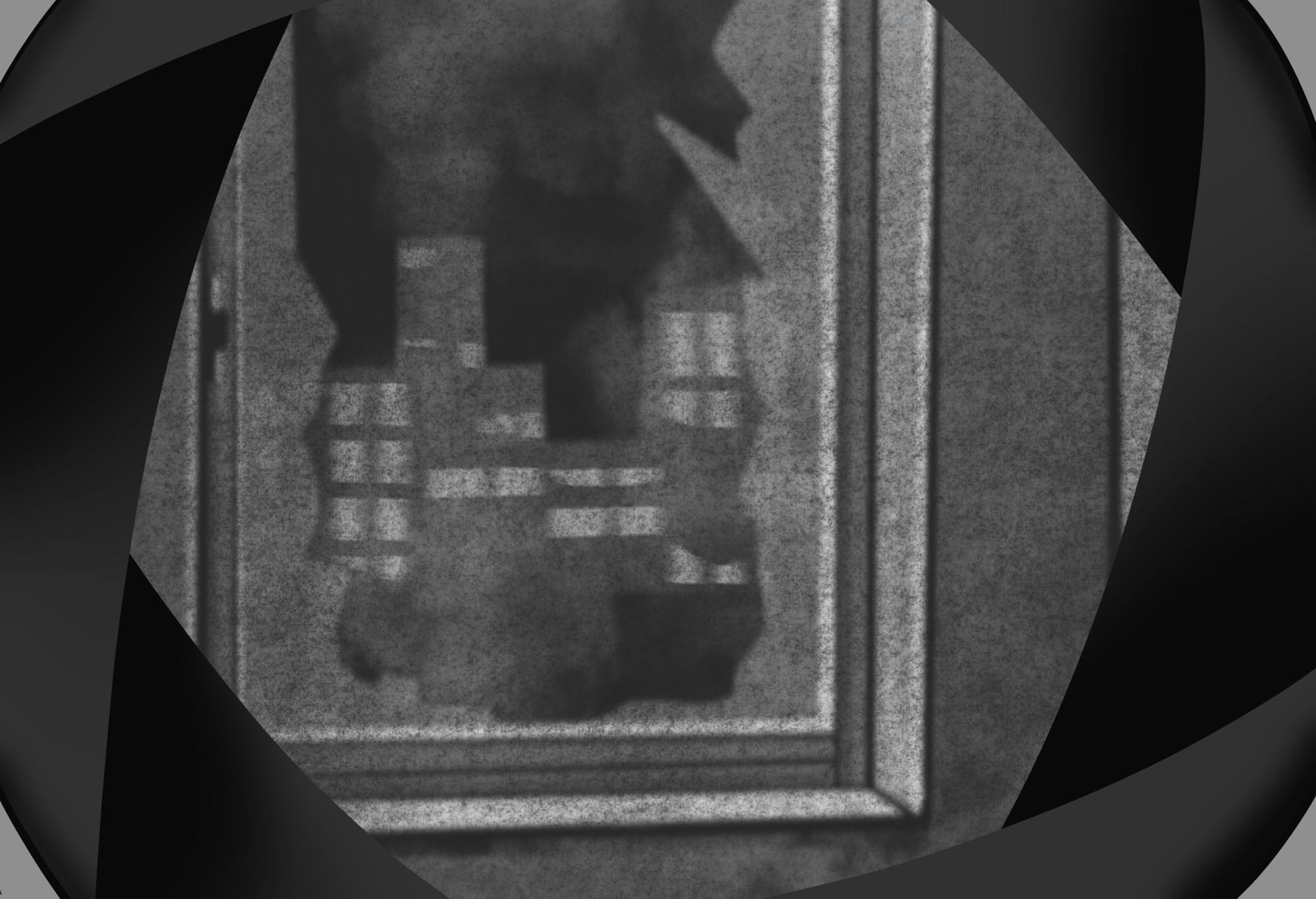In the 2023 documentary “20 Days in Mariupol,” produced by Frontline PBS and the Associated Press, director Mstyslav Chernov documents the atrocities of the war in Ukraine. The Academy Award-winning film focuses on civilian experiences in Mariupol and follows a team of Ukrainian AP journalists in the besieged city during the early days of Russia’s invasion. The documentary highlights the human cost of conflict and appeals to viewers’ humanity, making it an especially relevant watch as the war continues.
The film begins on Feb. 24, 2022 — the day that Russian President Vladimir Putin announced a “special military operation” in Ukraine — and chronologically documents the first 20 days of the conflict in the port city of Mariupol. Footage of the city’s destruction is interspersed with clips from Western media coverage of the conflict. Chernov and his team effectively communicate the dramatic consequences of the war by focusing on the impact of violence on civilians.
Footage captured by Chernov and his team relays both the physical and emotional toll of the violence. By conducting interviews with Ukrainian citizens, Chernov creates a powerful, touching narrative of the war through the eyes of those experiencing it. Alongside images of bombed homes and aerial shots of the city, civilians voice their anger, confusion and disbelief over the destruction. Chernov’s team also spent considerable time in hospitals, where they filmed wounded citizens, terrified family members and the doctors and nurses trying to save their patients. The heartwrenching footage of dying children and distraught parents makes the film difficult to watch, and knowing their names makes it nearly impossible not to empathize with their suffering.
Chernov does not shy away from showing the stark reality of war, including footage of bloody wounds, people dying on camera and mass graves; only the most graphic images are blurred. Although the film includes a trigger warning at the beginning, it may not fully prepare viewers for the extent of the disturbing images. Even audiences who are familiar with the most well-known images of the war — many of which were captured by Chernov’s team — may be surprised by the in-depth footage of violence in the film.
While difficult to watch, the film’s graphic content serves an important purpose: impressing upon the viewer the gravity of the situation in Ukraine. When Chernov sent the footage to his editors, he noted the graphic content: “This is painful to watch. But it must be painful to watch.” The film’s violence is an important part of what makes it so powerful.
Each individual image is compelling on its own, but the scenes become especially poignant through Chernov’s narration, which creates a cohesion that is critical to the film as a whole. Though Chernov is rarely seen on screen, he is present through his frequent, descriptive voiceovers, providing historical and geopolitical context as well as information on the progression of the war.
Chernov explains his reasons for going to Mariupol even though he knew the city would be targeted. He recalls that, at the beginning of the Russian invasion, he could not have imagined the eventual scale of the war. This takes viewers back to the early days of the conflict, when many people around the world expected Ukraine to fall fairly quickly to Russian forces. Even after other international journalists left Mariupol, Chernov said his team remained because he felt an obligation to continue documenting the horrors of the war.
Chernov addresses a potential criticism early in the film: he documents civilians in crisis but does not lend help. Upon capturing footage of a woman crying after bombs had fallen nearby, Chernov admitted that he felt uncertain about whether to continue filming. However, throughout the film, it becomes clear that he feels it is a greater imperative for him to document the war, which he views as his purpose in Mariupol.
The documentary avoids simply being a series of disparate images of war by using, as a common thread, the filmmakers’ search for an internet connection after all signals are cut off by March 3, 2022. Chernov expresses frustration at the team’s inability to send footage to their editors and thus show the outside world what people in Mariupol were experiencing. The isolation and inability to contact relatives also takes a psychological toll on Ukrainians — citizens grow desperate and panic spreads. Chernov documents the turmoil this situation creates, showing another aspect of Mariupol’s descent into chaos.
Despite the bleak reality in Mariupol, the documentary’s message is not that all hope is lost. In the face of desperate conditions, health care workers continue to treat patients, security forces defend the city and civilians comfort each other. The film is a testament to the strength and resilience of Ukrainians and an appeal to the outside world not to close its eyes to the atrocities that Chernov documents. As the Russo-Ukrainian war continues, the film holds an important ability to help viewers understand the realities of the conflict.
Rating: ★★★★★




